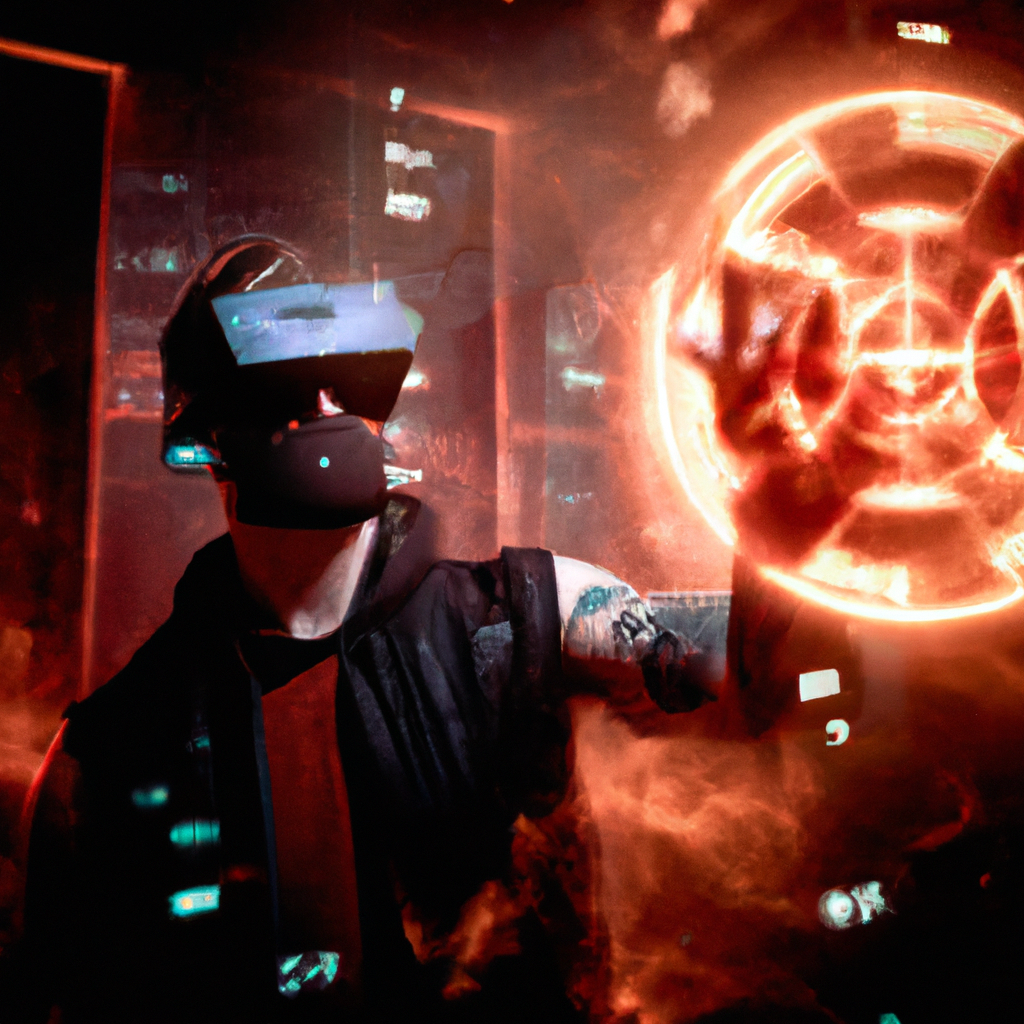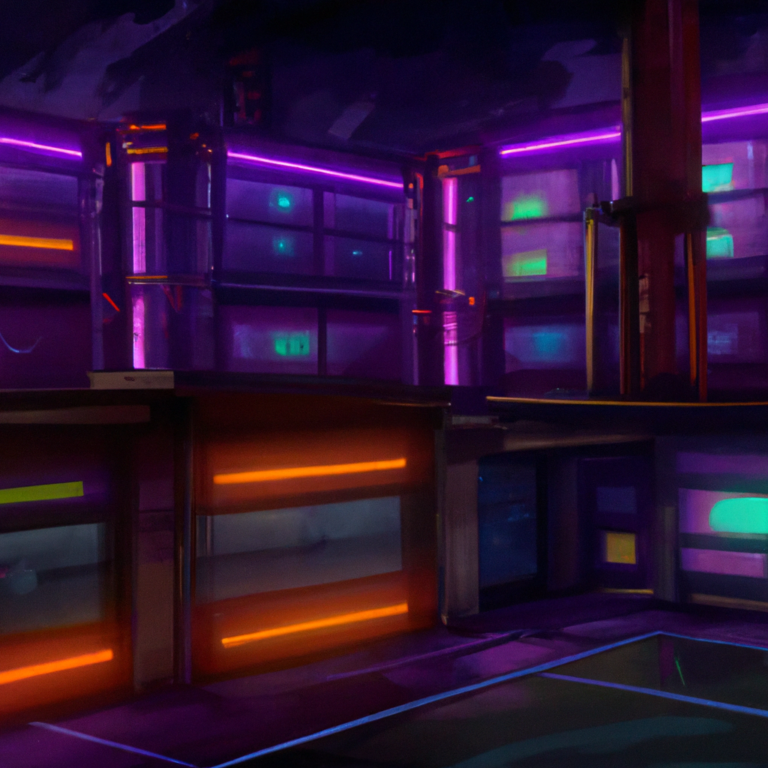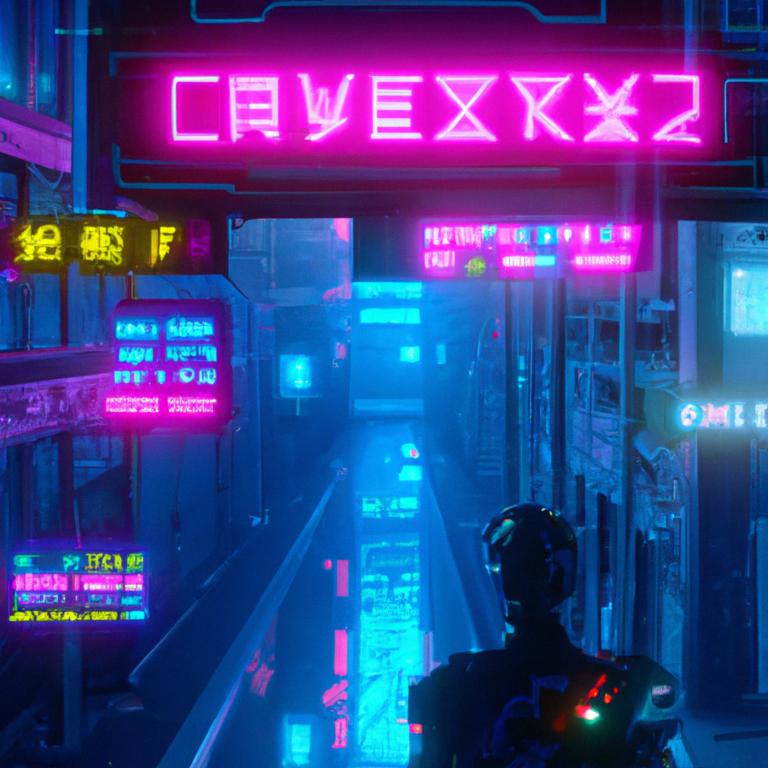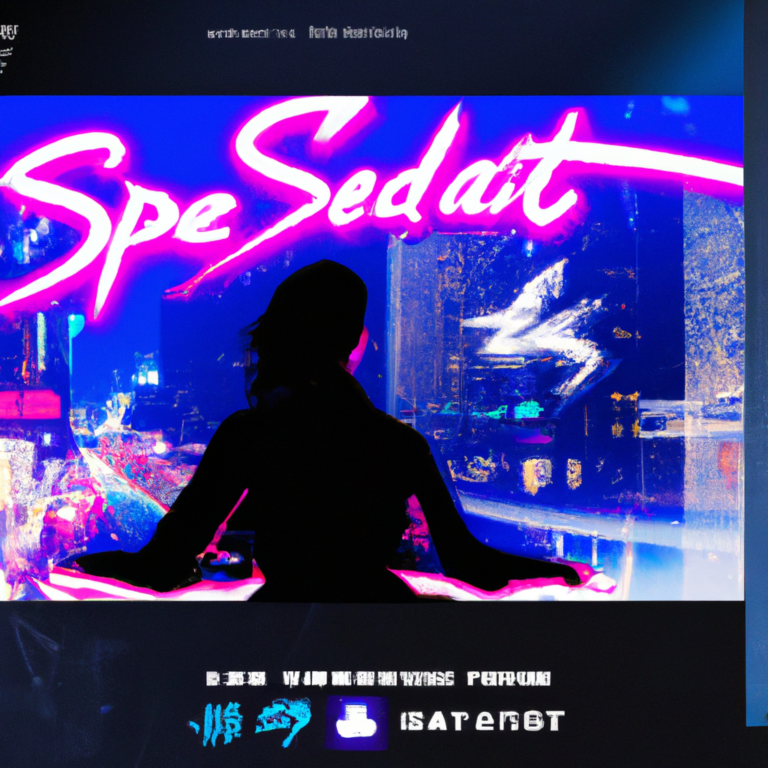1. “Venturing into the New Dimensions: The Future of Game Development with Virtual Reality” 2. “Virtual Reality: The Game Changer in the Gaming Industry” 3. “Exploring the Uncharted: The Potential of Virtual Reality in Game Development” 4. “Revolutionizing Gaming: The Untapped Potential of Virtual Reality” 5. “The Dawn of a New Era: Game Development in the Age of Virtual Reality” 6. “Immersive Gaming: Unlocking New Possibilities with Virtual Reality” 7. “The Future is Here: Exploring the Role of Virtual Reality in Game Development” 8. “Redefining Boundaries: The Impact of Virtual Reality on Game Development” 9. “Virtual Reality in Game Development: Opportunities and Challenges” 10. “Elevating Gaming Experience: The Promising Future of Virtual Reality in Game Development”.
Virtual reality (VR) has been a popular topic in the world of technology for a while now. However, it wasn’t until recent years that it truly started to take off, mainly thanks to advancements in technology that made VR more accessible to everyday consumers. One of the areas where VR has made a significant impact is in the realm of game development. The unique features that VR offers have opened up a world of possibilities for game developers, transforming the way games are created and experienced.
Game developers are constantly seeking ways to immerse players into the worlds they’ve created, and VR provides just the platform to achieve this. With a VR headset, players are no longer passive participants. Instead, they are actively involved in the game environment, exploring and interacting with the virtual world in ways traditional gaming just cannot provide. This enhanced immersion and interactivity are key factors that make VR a groundbreaking development tool in the gaming industry.
One of the most significant ways VR enhances game development is through its ability to create a sense of presence. The traditional gaming experience, though immersive, has always been limited by the screen. With VR, that barrier is broken down. Game developers can now design environments that truly surround the player, providing a 360-degree view of the game world. The feeling of presence this creates is unparalleled, deeply immersing players in the gaming experience and heightening their emotional connection to the game.
Beyond creating a sense of presence, VR also offers game developers a new dimension of gameplay mechanics. With VR, players can move around in a virtual space, manipulate virtual objects, and even interact with NPCs in a more natural and intuitive manner. These new mechanics can give rise to unique gameplay experiences that are impossible to create using traditional game development methods.
Moreover, VR presents an opportunity for game developers to take storytelling to a new level. Thanks to the immersive nature of VR, players can be placed directly into the narrative, making the experience more personal and engaging. Instead of simply being told a story, VR allows players to live it, providing a more profound connection to the game’s narrative.
However, with these exciting opportunities come new challenges. Developing for VR requires a different approach compared to traditional game development. Issues such as motion sickness, comfort, and accessibility need to be addressed. Designing interfaces and interactions that work well in VR can also be challenging. Moreover, due to the high costs of VR equipment, the market is still relatively small, which can make the production of VR games a risky venture.
In conclusion, virtual reality holds significant potential for game development. It’s a revolutionary tool that allows for deeper immersion, enhanced interactivity, and groundbreaking narrative experiences. However, it also presents new challenges that game developers must learn to navigate. As VR technology continues to evolve and become more accessible, the future of VR in game development looks promising. It’s a thrilling frontier to explore and one that could shape the future of gaming as we know it.







